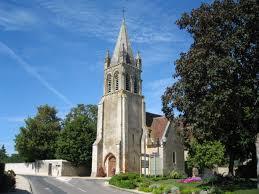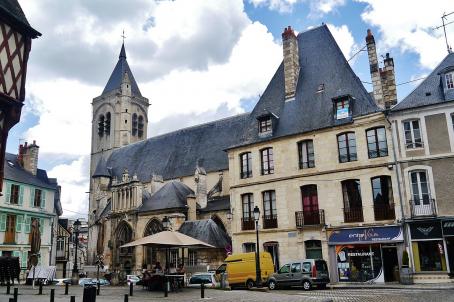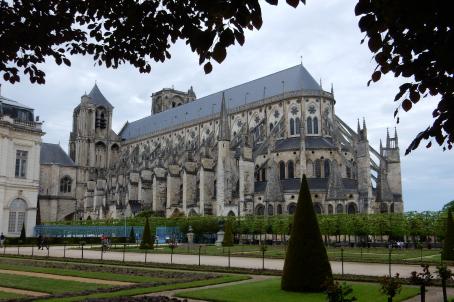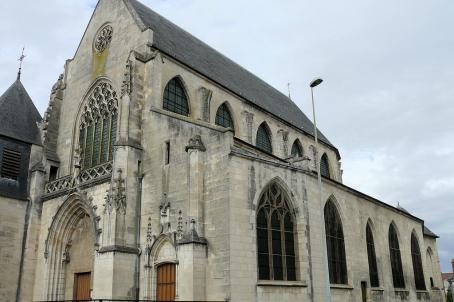Church of Notre-Dame
The church Notre-Dame, registered with the Historical Monuments, is located in Subdray, in region Center-Val de Loire. This Romanesque church dates from the 12th century, but only the bell tower and part of the original nave are still visible. Ravaged by the Hundred Years War, it was restored in the 15th century with a reconstruction of the choir with flat chevat and the appearance of two seigniorial chapels. Notre Dame du Subdray has been closed since June 2016 for security reasons.
About this building
The Notre-Dame church, located in the Subdray, in the Center-Val de Loire region is listed on the list of Historical Monuments. From this Romanesque building, built in the twelfth century, we find the trace in a bull of Pope Innocent II in 1138 and of Pope Alexander in 1177.
The church has a single nave (12th century) vaulted into a cradle and covered with plastered paneling. The bell tower, from the same period, erected to the west with a rectangular base, had four openings that were probably modified in the sixteenth century. The floor before the spire has semicircular windows with checkered archivolts. The eight-sided ashlar spire is flanked by four lanterns. The interior of the tower is covered with a dome. A small bell dating from 1706 was donated by the lord of Sollier. The other two bells date from 1516 and 1869.
Ravaged by the Hundred Years War, the church was restored in the 15th century: the choir was rebuilt with a flat chevat and two chapels: the lords of Coulogne and the lords of the Solier both patronised one each. One is dedicated to Saint-Jean and the other to Saint-Roch. In the 19th century, the church underwent further changes. It houses a statue of the Madonna and Child from the fourteenth or fifteenth century.






